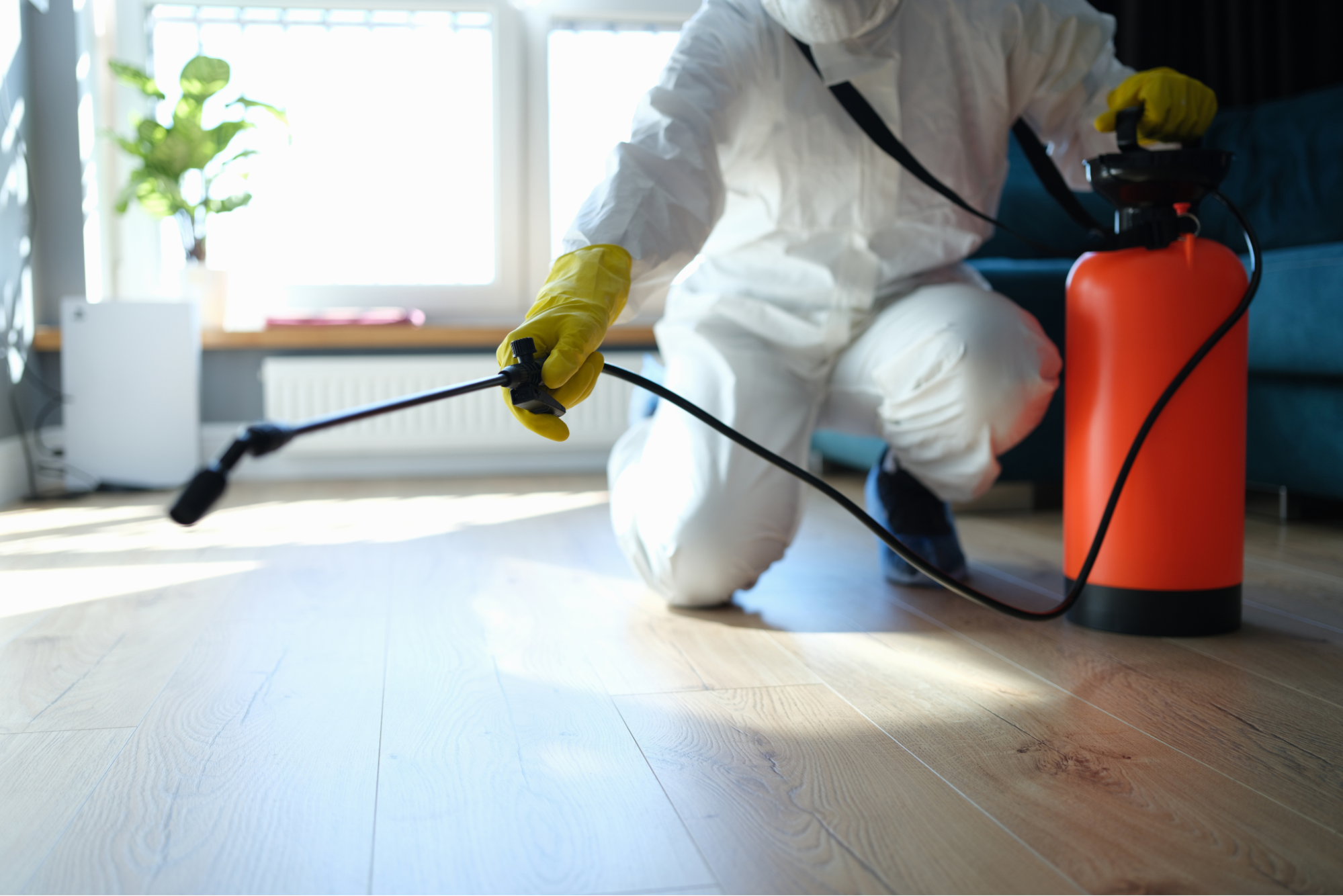Experienced A1 Exterminators Charlotte NC - Fast and Dependable Solutions
Bed Bug Therapy Breakdown: Comparing Chemical Vs. Non-Chemical Solutions
In the realm of bug control, specifically when taking care of the persistent issue of bed pests, the choice between chemical and non-chemical therapy options can be a crucial one. Both approaches offer distinct benefits and disadvantages, affecting elements such as performance, safety factors to consider, and overall price. By examining the nuanced details of each approach, a more clear understanding of which course to go after in attending to a bed insect invasion can be obtained.
Efficiency of Chemical Therapies
Chemical therapies for bed insect infestations have been commonly recognized for their fast and potent efficacy in removing these bugs. When taking into consideration the effectiveness of chemical therapies, it is essential to understand that they can offer a extensive and quick remedy to a bed bug issue.
Additionally, chemical treatments have the advantage of using residual results, implying that they can proceed to get rid of bed bugs also after the preliminary application. This recurring action is specifically helpful in combating any kind of potential re-infestations. In addition, the fast activity of chemical therapies can bring alleviation to people dealing with extreme bed bug invasions, enabling them to restore control of their space promptly.
Safety Worries With Chemical Solutions
One essential aspect that calls for cautious factor to consider when using chemical solutions for bed bug treatment is making certain the safety and security of residents and the environment. Direct exposure to specific chemicals used in bed pest treatments can lead to respiratory system issues, skin inflammation, or other negative reactions, particularly in people with pre-existing problems or level of sensitivities.
In addition, the environmental influence of chemical options is another considerable factor to consider. Some pesticides used in bed insect therapies might be hazardous to helpful insects, wildlife, and environments if they seep right into the soil or water systems. It is crucial to use chemical treatments sensibly, following safety and security standards, and considering much less poisonous options to minimize these dangers and make certain the efficient and risk-free management of bed pest invasions.
Benefits of Non-Chemical Approaches
Considering the possible safety worries and ecological influence linked with chemical solutions for bed pest treatment, discovering non-chemical strategies provides a promising alternative with several distinctive advantages. Non-chemical treatments are eco pleasant, as they do not contribute to air or water contamination, making them a sustainable choice for insect control.
In addition, non-chemical remedies can be reliable in targeting bed bugs, including hard-to-reach areas where chemical treatments may not permeate - YOURURL.com A1 exterminator charlotte nc. Approaches such as warm therapy, vacuuming, heavy steam cleansing, and bed mattress coverings offer detailed removal without the usage of harmful chemicals.
Limitations of Non-Chemical Treatments

Additionally, non-chemical therapies often require numerous applications to achieve successful eradication. This can be time-consuming and may not constantly guarantee complete elimination of all bed insects and their eggs, particularly in hard-to-reach or covert places.
Furthermore, the success of non-chemical therapies greatly relies on proper application and thoroughness, which can be testing for individuals without expert proficiency. Insufficient application of non-chemical techniques may lead to insufficient eradication, resulting in consistent problems and the need for additional treatments.
As a result, while non-chemical treatments have their benefits, it is necessary to recognize these constraints and consider them when figuring out the most effective method for taking care of bed bug problems.
Price Contrast: Chemical Vs. Non-Chemical Options
Given the constraints related to non-chemical treatments, an essential facet to review in the context of bed pest management is the expense contrast in between chemical and non-chemical choices. Chemical therapies usually include the application of pesticides by professionals, which can vary from $250 to $900 per area, depending on the seriousness of the infestation and the size of the location to be dealt with. On the other hand, non-chemical therapies like heat therapy or heavy steam can be extra costly, with expenses varying from $1,000 to $6,000 for a whole home. While the first expense of chemical therapies may appear lower, numerous therapies may be required to fully eliminate the problem, possibly raising the general cost. On the various other hand, non-chemical alternatives might supply a much visit here more sustainable and green service, although they can be cost-prohibitive for some people. Ultimately, when thinking about the expense of bed bug external pest control therapy options, it is very important to evaluate the upfront expenses against the effectiveness and long-term sustainability of the chosen technique.
Verdict

Considering the possible security concerns and environmental influence linked with chemical remedies for bed bug treatment, discovering non-chemical strategies presents an encouraging choice with numerous unique advantages.Offered the limitations associated with non-chemical treatments, a necessary element to review in the context of bed pest management is the expense comparison in between chemical and non-chemical alternatives. In comparison, non-chemical treatments like warmth therapy or vapor can be a lot more costly, with prices ranging from $1,000 to $6,000 for an entire home. While the preliminary cost of chemical therapies might appear reduced, numerous therapies might be required to fully get rid of the infestation, potentially raising the overall expense.In conclusion, when contrasting chemical and non-chemical bed bug therapy options, it is vital to consider effectiveness, safety, advantages, limitations, and price.